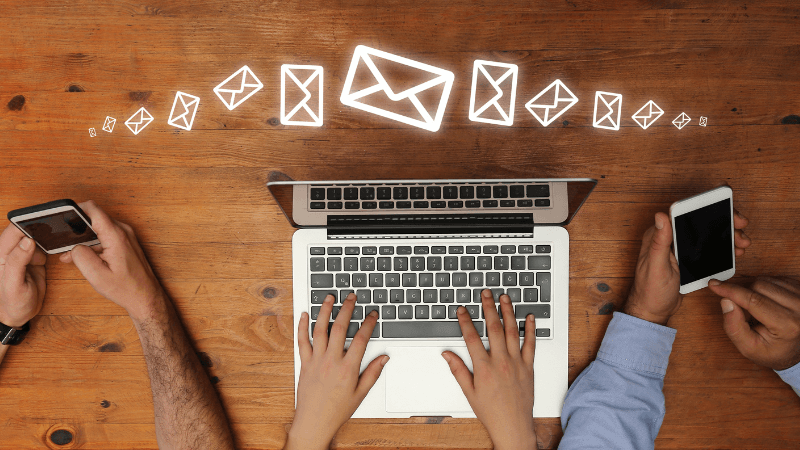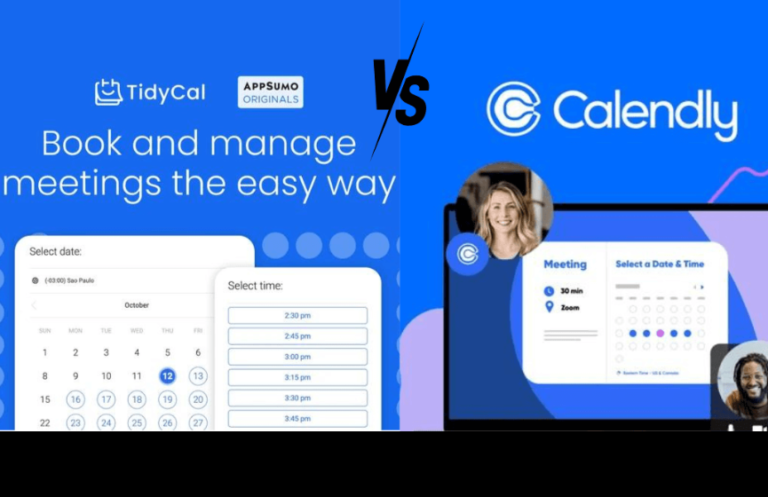Effective Email Types for Promotions: How Transactional, Drip, and Newsletters Drive Results
Email marketing plays a pivotal role in building relationships with customers, driving sales, and fostering engagement. Different types of marketing emails are designed to serve specific purposes. These email types can be categorized into transactional emails, lifecycle and drip campaigns, and newsletter emails. Each serves a distinct role in nurturing customer relationships and pushing promotions. Here is a breakdown of each type.
Transactional Emails
Transactional emails are automated messages triggered by specific actions performed by users. These emails serve as important communication tools that keep customers informed throughout their journey.
Order Confirmations
When a customer completes a purchase, an order confirmation email is automatically sent. This email assures customers their order has been successfully placed. It typically includes the order details such as the product(s), quantity, price, and delivery address.
Order confirmations help customers track their purchases and feel confident that their transaction was successful.
Shipping Updates
After the order is processed, a shipping update email is sent to inform the customer about the status of their order. This email contains details like the estimated delivery date, tracking number, and courier details.
Shipping updates are crucial in keeping the customer informed. It builds anticipation and trust, ensuring the customer knows when to expect their purchase.
Password Resets
Password reset emails are sent when a user requests to change or reset their password. These emails contain a link to reset the password and may include security questions to ensure the authenticity of the request.
Password reset emails are important for maintaining account security. They are triggered by users who need to regain access to their accounts.
These transactional emails are essential for customer experience. They provide updates and maintain clear communication throughout various stages of a customer’s interaction with a brand.

Lifecycle & Drip Campaigns
Lifecycle and drip campaigns are email marketing strategies designed to engage customers over a period of time. These emails are carefully crafted based on the customer’s behavior, needs, and stage in their relationship with the brand.
Welcome Series
The welcome email series is typically the first set of messages a customer receives after signing up for a brand’s service or newsletter. These emails introduce the brand, explain what to expect from future emails, and offer incentives like discounts or special offers.
A well-crafted welcome series creates a positive first impression. It builds excitement and sets the stage for future engagement.
Re-engagement Emails
Over time, some customers may become inactive. Re-engagement emails are sent to re-establish a connection with these customers. These emails often include personalized offers or reminders of products they may be interested in based on previous interactions.
Re-engagement campaigns are valuable for reviving interest in dormant customers. They provide a personalized touch, reminding customers of the value of your offerings.
Win-back Emails
Win-back emails target customers who have not interacted with your brand for an extended period. These emails typically offer incentives, such as special promotions or discounts, to encourage the customer to make a purchase again.
A win-back email often includes a sense of urgency, encouraging customers to act before the offer expires. It reactivates customer interest and can bring them back into the fold.
Lifecycle and drip campaigns are effective because they nurture the relationship with the customer. They encourage ongoing engagement by providing value based on the customer’s journey. These emails are timed to coincide with the customer’s behavior, ensuring they receive the right message at the right moment.
Newsletter Emails
Newsletter emails are an essential part of an ongoing marketing strategy. These emails are typically sent on a regular basis to keep subscribers informed about news, updates, and content that may be of interest to them.
Industry News
Many brands use newsletters to keep subscribers updated on the latest industry trends and news. These emails can include insights into new technologies, market changes, or notable shifts in consumer behavior.
Industry news emails position the brand as an authority within the market. They offer subscribers valuable information that keeps them in the loop.
Company Updates
Company updates are emails that share news about the brand itself. These may include new product launches, partnerships, achievements, or milestones.
Sharing company updates fosters transparency and keeps customers engaged. It allows them to feel connected to the brand’s journey and its growth.
Content Distribution
Newsletters are also used to distribute content like blog posts, case studies, or product tutorials. By including links to valuable resources, companies keep their audience informed and engaged.
Regular content distribution through newsletters helps brands stay top-of-mind. It creates a consistent flow of information that builds a relationship with the audience.
Newsletters are a great way to build brand loyalty. They maintain communication with your audience by offering consistent, relevant content that keeps subscribers coming back for more. By sending valuable information on a regular basis, newsletters help brands stay connected with customers in the long term.
Conclusion
Marketing emails come in many forms, each serving a specific purpose. Transactional emails keep customers informed about their purchases and account details. Lifecycle and drip campaigns guide customers through their journey with the brand by nurturing relationships and re-engaging lapsed users. Newsletter emails offer a steady stream of relevant information to keep subscribers informed and engaged. Each type of email helps to drive promotions, maintain communication, and ultimately contribute to the success of your email marketing strategy.
Understanding the differences between these email types and their unique roles in the customer experience is essential for creating an effective email marketing campaign. By utilizing a combination of transactional emails, lifecycle campaigns, and newsletters, brands can create a comprehensive email marketing strategy that drives sales, engagement, and customer loyalty.







